Organic Feijoa
$160.00
Dark green-blue, jelly-like seedless core with a granular pulp and an exotic scent. It is impossible to compare it with another fruit as it has a complex taste and fragrance which reminds of pineapple, guava, and mint, even banana and quince.
Pieces per kg: 10-15
It is recommended to keep in a cool and dry place or refrigerated environment for longer storage.
A fragrance of guava, pineapple and mint and a jelly texture in the core.
Feijoa is also called pineapple guava which is native to regions including Argentina, Paraguay, Uruguay, Brazil, and Colombia. It is grown in large quantities in New Zealand and is also cultivated in different parts of the world. In 1815, it was discovered by German explorer Freidrich Sellow and brought to Europe. Feijoa is a shrub or small tree which has green leaves, similar to olive leaves, with a darker hue on the surface and lighter under. In summer, when feijoa blooms, its edible flowers are snowy white with distinctive bright red in the centre. Its texture resembles marshmallow but with a refreshing sweetness. Feijoa is elongated and with a silvery green tone. When cut open, the fragrance is irresistible and refreshing.
Differently from many fruits, feijoa has to be consumed quickly when it is hard without waiting for it to get soft.
Health benefits
It has high fibre which aids digestion and stimulates the intestine. The high potassium content helps stability. Its manganese is a key component to some of the antioxidant defenses. Folate helps prevent cognitive decline and Alzeimer’s disease. Also, its vitamin B helps depression and nausea.
Suggested use
In general, feijoa is served with a spoon for scooping the jelly flesh. There are people who consume feijoa fruit entirely, even the peel but it has a mint of bitterness. Apart from having it fresh, it can be made as jams, chutney, liquor and candies.
Be the first to review “Organic Feijoa” Cancel reply
Related products
Seasonal Fruit
Seasonal Fruit

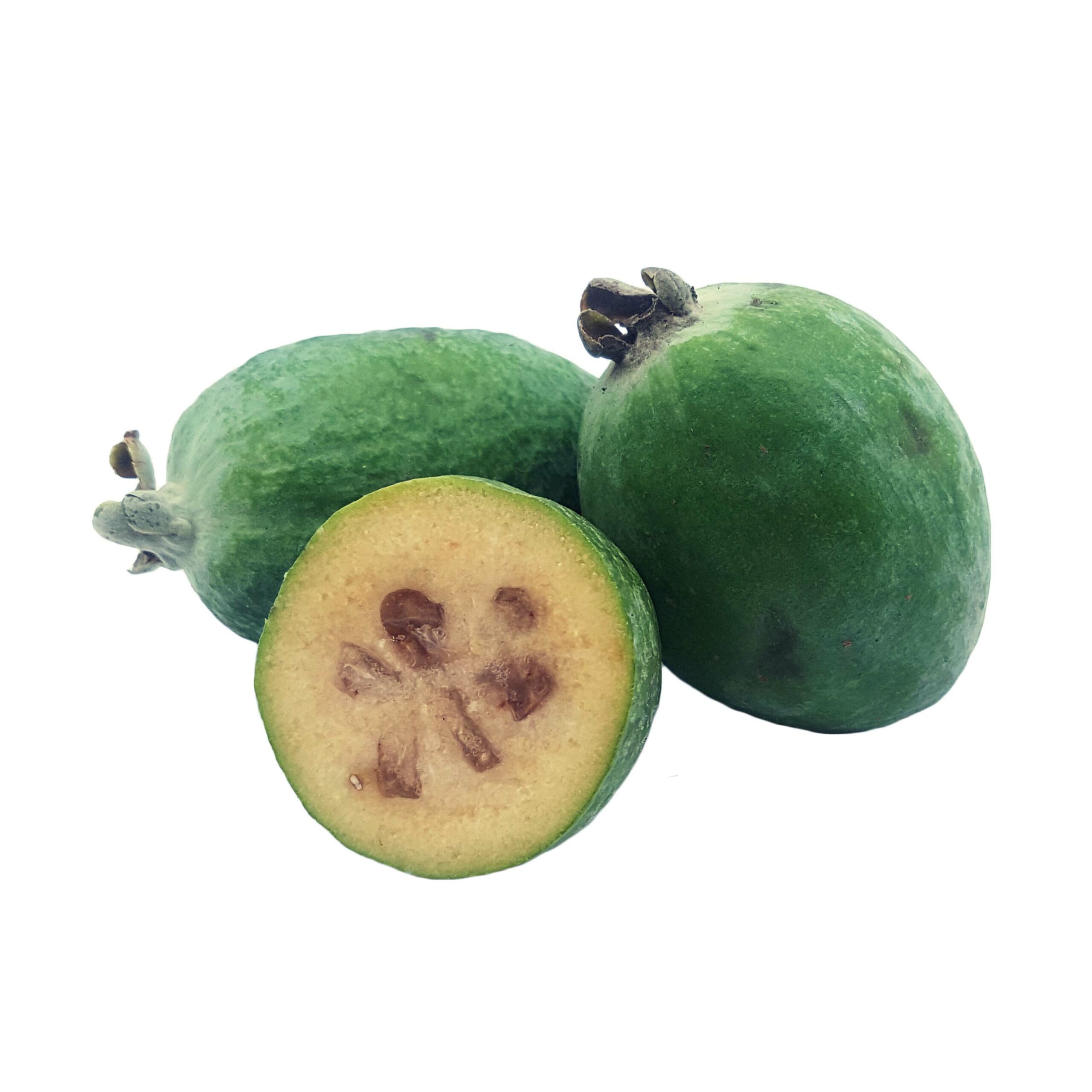
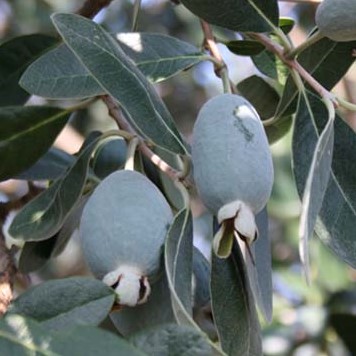
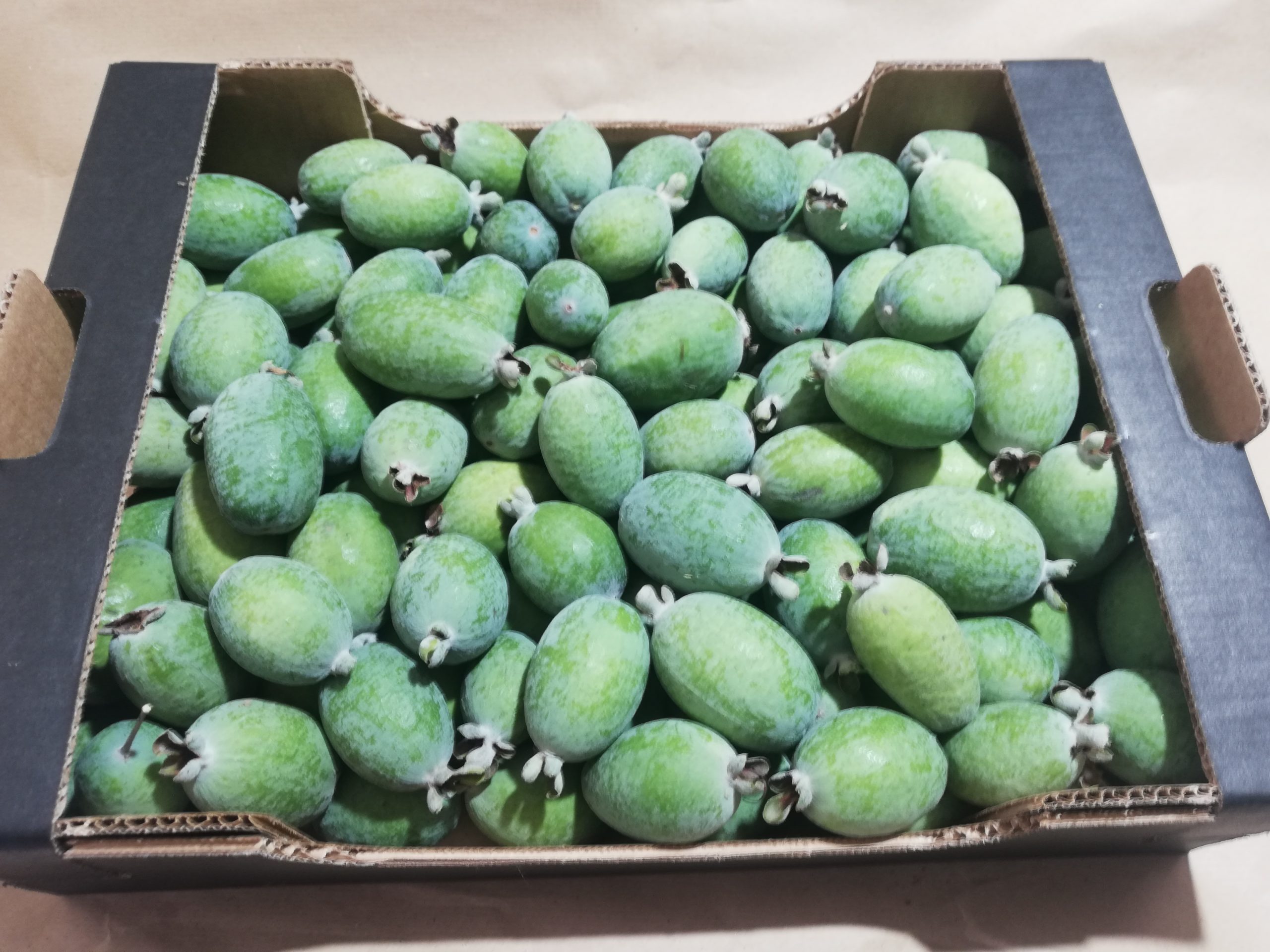

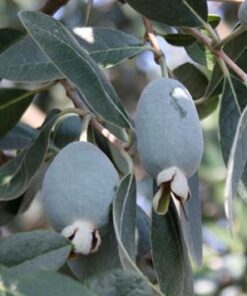
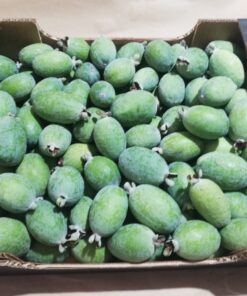
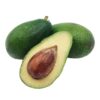

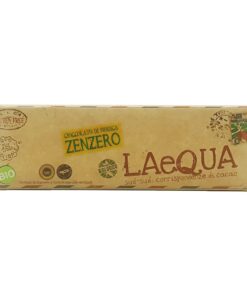


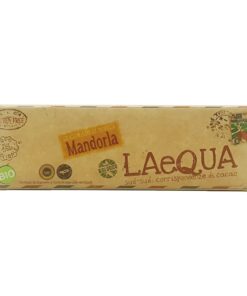
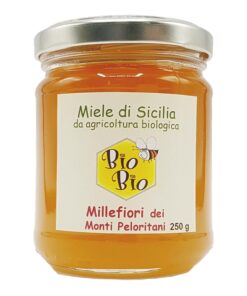
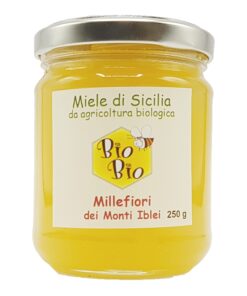
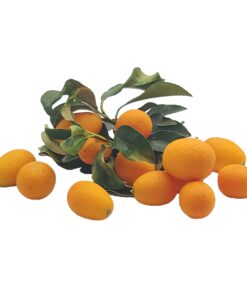
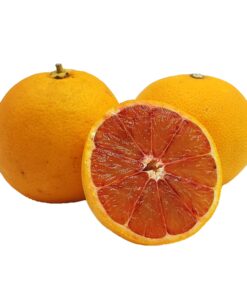

Reviews
There are no reviews yet.